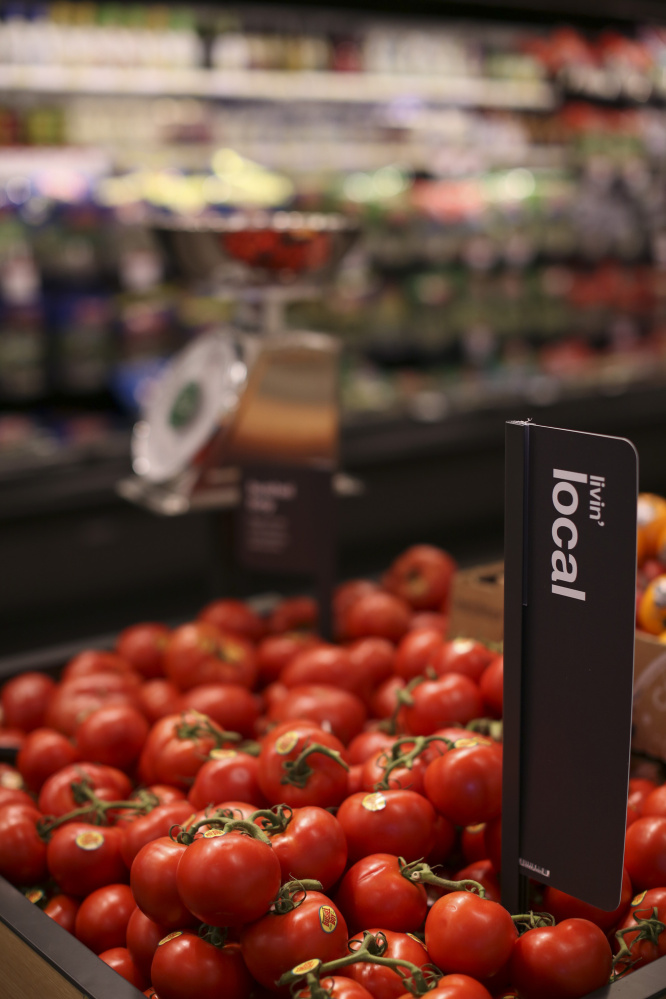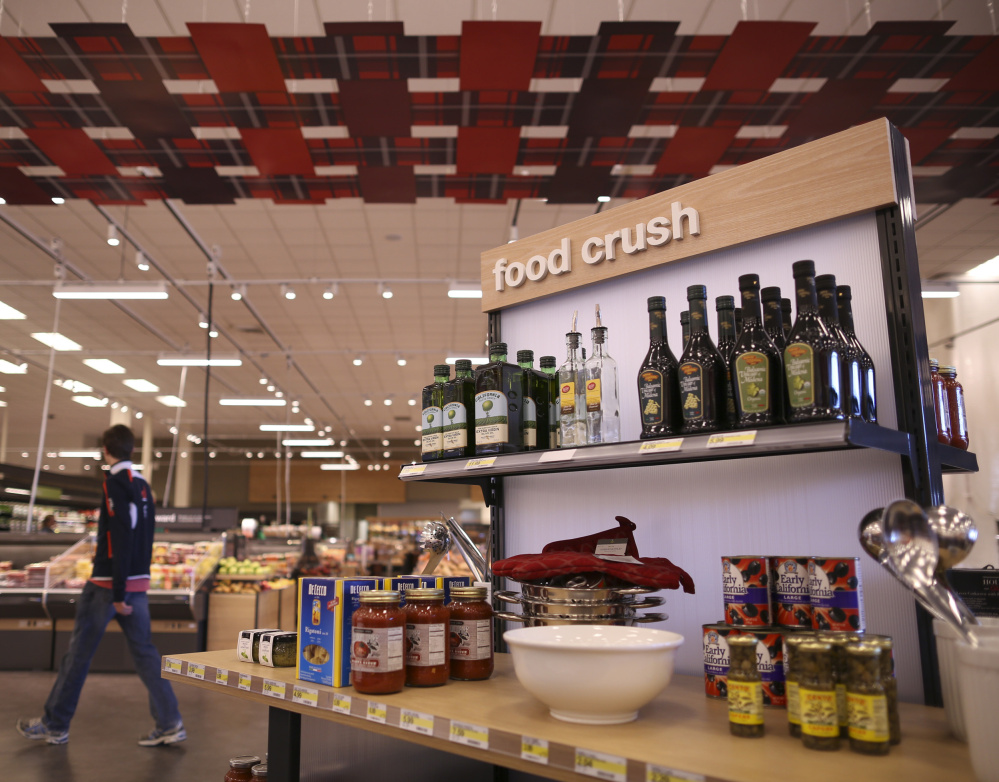MINNEAPOLIS — Amid all of the moving parts at Target Corp., one of the biggest question marks is an upcoming food makeover.
The overhaul aims to make Target’s grocery department into more of a destination instead of an afterthought. But it’s already taking longer than expected to figure out.
When executives unveiled a strategic road map in March, they set an ambitious timeline for the food overhaul, telling analysts they would roll out the most substantial changes in 2016.
Now, Target officials say they need more time to hash out and test ideas – 2017 is the new rollout time.
“We want to get it right,” Target spokeswoman Katie Boylan said. “It’s less about how fast we go and more about making sure we implement the right kind of changes. We’re trying to be really judicious in our approach.”
Some of the questions on many analysts’ minds: How serious is Target in investing to improve its fresh produce? How far will it go in becoming a specialty grocer that focuses in organic, gluten-free and other artisanal products? And how radically different will the department look and feel?
“Everyone has the question: What the heck are they doing?” Amy Koo, an analyst with Kantar Retail, said at a recent workshop in Minneapolis. “We know they are experimenting … But I’m pretty sure their plans have not gelled yet.”
She added that if what Target comes up with drives more trips to stores, it would be a huge success. Target executives have said that if a revamped grocery department could help drive each shopper to make one more visit to a Target store every three months, it would translate to $2.5 billion in additional sales a year. Food now accounts for about $20 billion of Minneapolis-based Target’s $73 billion in annual sales.
PROS AND CONS
The new timeline shows how tricky this project is for Target as it weighs the costs and benefits of trying to differentiate in the food sector.
Food is an area of expertise for Target CEO Brian Cornell, who previously held executive posts at Sam’s Club, Safeway and PepsiCo. In April, he hired Anne Dament, whom he worked with at Safeway, to head up the effort as Target’s senior vice president of merchandising in groceries.
To help guide the long-term plan, Target has been rolling out a series of small tests in select stores across the country, including a SuperTarget in suburban Minneapolis, which is finishing a $10 million remodeling.
When shoppers now enter that store, they see a new kiosk on wheels – reminiscent of a kitchen cart one might find at Williams-Sonoma – that displays boxes of multicolored pasta, jars of premium marina sauce, bottles of white truffle oil, white bowls and sleek place mats, colanders and cooking utensils. Other carts offer meal or party ideas with both ingredients and related cooking tools.
“It is to spur ideas and inspire our guests,” Target’s Boylan said. “It’s all around thinking about food as an occasion and less as a transaction.”
The suburban store now has whimsical phrases such as “snack happy” and “ok to crave” above displays of better-for-you snacks. Other new signs say “livin’ local,” “we dig organic,” and “no regrets.”
HEALTHY EATING
It’s also one of 450 Target stores across the chain with a bigger assortment of gluten-free, organic, and healthier items.
In the dairy aisle, there is an array of more than 15 yogurt brands, including several artisanal lines such as Siggi’s, Noosa, Evolution, and Elli Quark. Early next year, Target will also add Wallaby yogurt to its lineup – a brand found at Whole Foods and other specialty stores.
And in a specific test at the suburban Minneapolis store, Target has put a non-refrigerated display of granolas next to the yogurt as well as other potential add-ons such as organic agave nectar, organic black chia seeds and a variety of raw nuts as a way to cross merchandise throughout the store.
The SuperTarget also features many of the new 150 items Target has introduced this year in its better-for-you, private-label line, called Simply Balanced. They include organic smoothie boosters and organic veggie tortilla chips.
In addition, the store is testing a much larger selection of bulk nuts, trail mixes, and grains in serve-yourself bins, which cut down on packaging. And the produce is laid out in wood-paneled receptacles and wicker barrels that aim to give it a fresh-from-the-farm look.
“It feels more like a refresh than a revolution,” said Sean Naughton, a Minneapolis retail analyst for Piper Jaffray & Co., who recently visited the store. “But I think it’s a step in the right direction for Target.”
Naughton and his colleagues have tracked a 49 percent increase in the number of organic items at Target in the last year. Many of those have been from Target’s private brands, which helps keeps the costs down for what can otherwise be pricey items, he said. But he added that he’s found that Target often sells even brand-name organic items for a cheaper price than Whole Foods when comparing the exact same items.
One of the reasons Target can afford to do that, he said, is that the retailer gets good margins on its home goods and apparel.
“It allows them to be competitive on traffic-driving categories like food,” he said. “It’s a nice advantage they have compared to others.”
Send questions/comments to the editors.




Success. Please wait for the page to reload. If the page does not reload within 5 seconds, please refresh the page.
Enter your email and password to access comments.
Hi, to comment on stories you must . This profile is in addition to your subscription and website login.
Already have a commenting profile? .
Invalid username/password.
Please check your email to confirm and complete your registration.
Only subscribers are eligible to post comments. Please subscribe or login first for digital access. Here’s why.
Use the form below to reset your password. When you've submitted your account email, we will send an email with a reset code.